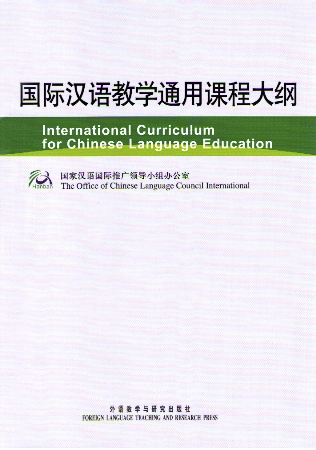EXPERT CORNER – Part 2
We discussed Hanban’s International Curriculum for Chinese Language Education,the CLT (Communicative Language Teaching) approach, teaching Chinese characters and using the student’s mother tongue in the classroom.
In 2007, Hanban’s Curriculum was developed with regards teaching Chinese abroad. The learning environment, and aims, of those abroad is inevitably different to those studying in China. So the Curriculum has been adapted by Chinese universities, and combined with local culture, with regards teaching foreign learners based in China.
University Teacher 1 had learnt about CLT back in the late 90’s, and, through co-operation with an American teacher, integrated CLT techniques in her classroom. Not only was this approach successful with teaching the Chinese language, but it also worked well for teaching Chinese characters. As there is currently no explicit training in this field, she suggests teachers inform themselves of such techniques.
Uni Teacher 1 feels that as Chinese characters is a part of every day life in China, so should it be for the serious learner of the language.
Finally, she usually avoids the use of the student’s mother tongue in her classroom, except when teaching beginner student’s the basics of the langauge.
我们先讨论重要性的汉语办公室的2007年出版的大纲和在对外汉语交际法有什么角色。其次我们谈谈上课的时候练习汉字和使用学习者的母语。
汉办的大纲
面对海外的情况汉办出版了适合他们的的教材。但是,国内的学习者的学习时间和学习环境都是不同的。所以在中国大学变这些教材。大学教师会用它跟当地的文化结合起来。
使用交际法教语言
在1997年的时候,通过跟美国老师的合作,她学到交际法这个想法,立论,是什么。跟多是语法的联系,翻译的联系。没有交流的联系的活动。课堂的材料。他们遇到了一个问题:可不可以用交际练习汉字?他们了发现:也可以。这个理论跟汉语教学结合在一起完全没有问题。怎么来实际?自己发展是老师需要解决的问题。
关于练习汉字他认为在中国生活中一定鼓励汉字。
一开始学习汉语能使用一点学习者的母语。 在其他方面,她用汉语教汉语。


